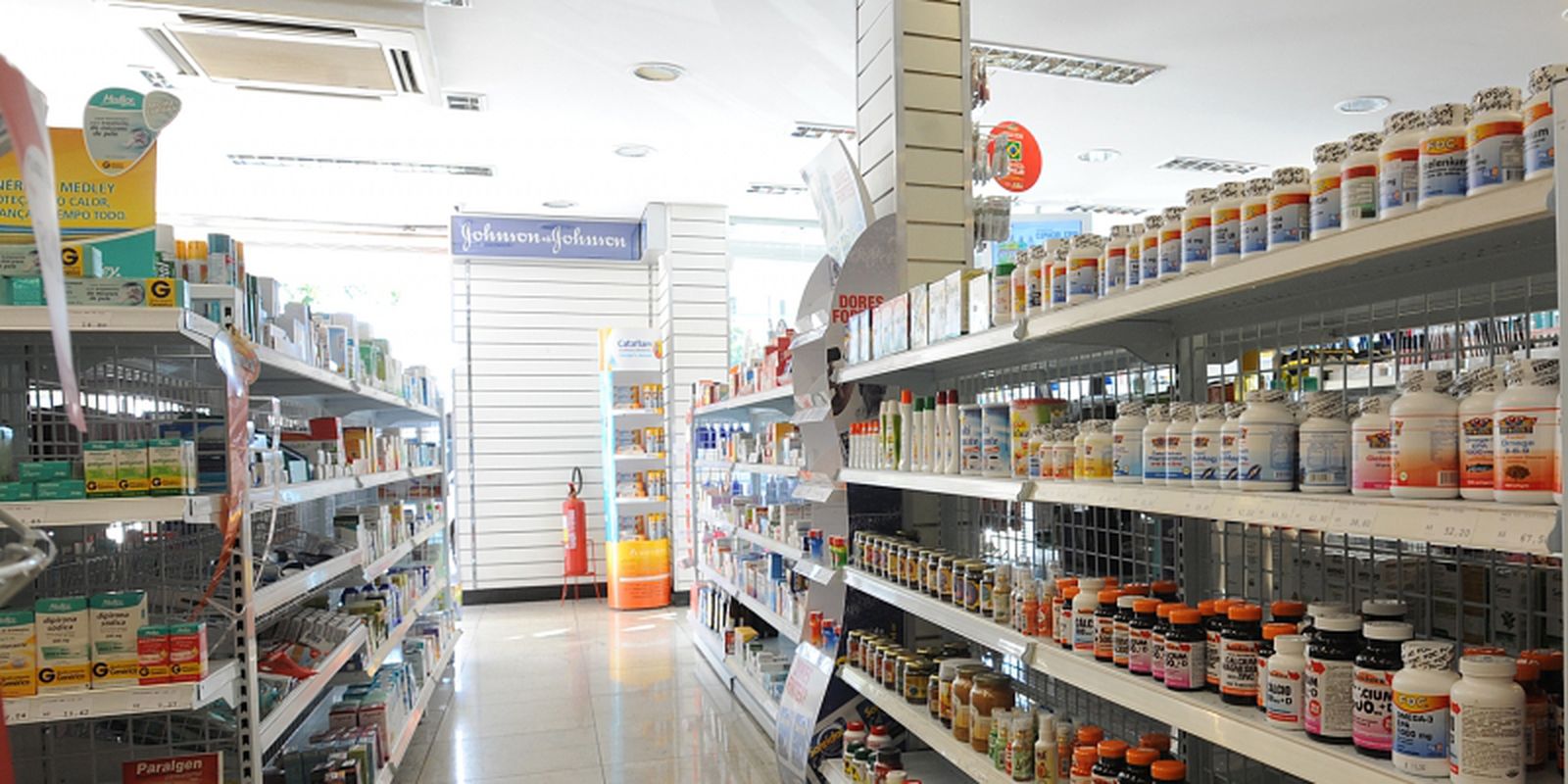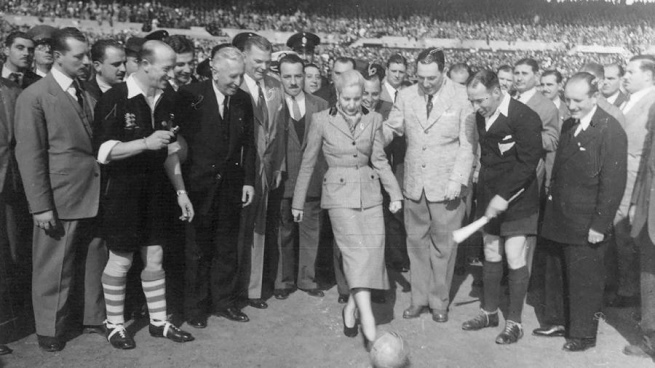Stacking medicine boxes and spending the afternoons at the pharmacy of a gentleman with whom he was a childhood friend, the world of health has always been present in the life of pharmacist Maurício Poliquesi, 59 years old. Until in 1992 he managed to open his own pharmacy in Curitiba.
“But, as an entrepreneur, I felt the lack of a professional to serve customers the way I liked, giving individualized attention to each person who needed it”, he says.
Poliquesi went for training and graduated in Pharmacy in 2002, being able, finally, to give the guidance and reception that he thought were necessary to the customers of his store. After more than 23 years at the helm of the business, he decided to pass the point, but he was away from the counter for a short time.
Shortly after selling his store, Maurício studied law, with the aim of working on causes related to the health sector, but he felt he needed to go back to his origins. He sought to relocate himself and that’s when he started working in a large network, where he remains until today, now, after training, as a clinical pharmacist, dedicating himself to the area with which he always had greater identification.
“The pharmacy service I work for promotes the rescue of the classic figure of the pharmacist, of a reliable professional, who forms the bridge between the patient and the doctor, helping to prevent the aggravation of diseases and supporting the individual who arrives with doubts at the establishment. ”, points out Poliquesi.
According to the Brazilian Association of Pharmacy and Drugstore Networks (Abrafarma), Brazil has 4,238 pharmacies with operating rooms and offices and more than 14,000 pharmacists providing this service, which is based on monitoring the patient throughout his life and which becomes community reference.
attention and welcome
The job of this professional is to be more than someone qualified to recommend and sell medicines, but he is a person who will help those who need more attention and arrive at the pharmacy full of doubts.
It was like this with epilator Maria Verônica Garcia e Silva, 61 years old. In September 2021, feeling discomfort, she decided to go to the pharmacy and, upon being attended by Poliquesi, it was found that her blood pressure was high.
“I didn’t even know I had high blood pressure and was about to have a heart attack. Maurício referred me to the cardiologist when he checked my blood pressure and saw that it was 19/8”, he recalls. With controlled drugs, the friendship and respect between the two remain to this day. “If it weren’t for him, I wouldn’t be alive”, says Maria Verônica.
Federal Council of Pharmacy
According to the Federal Council of Pharmacy, clinical pharmacy is the area dedicated to the science and practice of the responsible use of medicines, in which the clinical pharmacist provides care to the patient, in order to optimize pharmacotherapy, promote health and well-being, and prevent disease. The pharmacist’s clinical attributions are defined in the Council Resolution 585.
“We have 134 pharmaceutical activities that we can carry out in connection with patient care”, explains Poloquesi. “We act in the dosage guidance of drugs, drug interactions, monitoring of prescribed therapeutic efficacy, application of vaccines, application of injectables, blood pressure measurement, remote laboratory tests”.
The clinical pharmacist can prescribe over-the-counter medications; making injectables, vaccines, measuring blood pressure, measuring blood glucose, putting on earrings, working in inhalation therapy rooms (when enabled), controlling psychotropic medications, supervising dispensing by clerks, controlling medication expiration and other routines of a dispensing pharmacy.
“But the clinical pharmacist cannot prescribe exclusive medical drugs, give diagnoses, make medical consultations and sell controlled drugs without a prescription”, emphasizes Poliquesi.
In the consultation with a clinical pharmacist, the professional uses documents for the patient’s anamnesis, identification of illnesses (pressure, diabetes, depression, smoking, obesity), medications used (analyses and researches interactions between them, results, efficacy, effectiveness, indications), blood pressure measurement, blood glucose measurements. “The professional still guides on weight control and raises awareness of the need to follow the health professional’s guidelines”, concludes the pharmacist.









